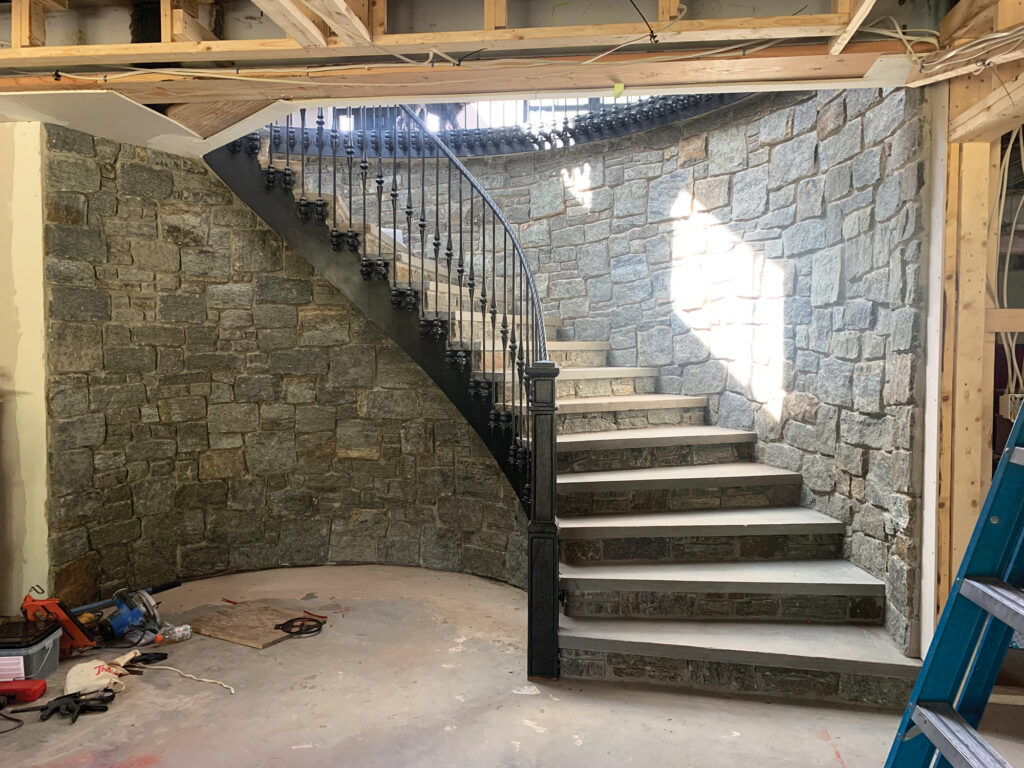As a business owner, ensuring the safety of your assets, employees, and operations is paramount. The implementation of a reliable security system is an integral part of this responsibility. In this guide, we delve into the intricacies of back to base security systems, exploring their importance, how to choose the right one, and strategies for effective implementation and maintenance.
Understanding Back to Base Security Systems
Back to base security systems have become an essential tool for businesses of all sizes. These systems connect on-site alarms directly to a receiving center, enabling prompt responses to any security breaches or incidents. But what exactly defines a back to base security system?
What is a Back to Base Security System?
A back to base security system typically involves a network of sensors and alarms that communicate with a central monitoring facility. In the event of an alarm being triggered, the signal is sent back to the monitoring center where trained professionals assess the situation, verify the alert, and take the appropriate action.
These systems can range from fire alarms and motion detectors to complete video surveillance setups. The level of sophistication and response can vary based on the chosen package, catering to different security needs and budgets. For instance, small retail stores might opt for a basic package that includes door sensors and motion detectors, while larger enterprises may require advanced systems with high-definition cameras and biometric access controls to ensure comprehensive security coverage.
Key Features of a Back to Base Security System
Several key features differentiate back to base security systems from other security solutions:
- 24/7 Monitoring: Continuous surveillance ensures that any incidents are addressed swiftly, no matter the time of day.
- Real-Time Alerts: Immediate notifications are sent to business owners and monitoring personnel, allowing quick responses.
- Remote Access: Many modern systems enable business owners to access live feeds and system status through mobile apps or web portals.
- Integration with Other Systems: Back to base systems can often be integrated with fire alarms, access control systems, and other security measures for comprehensive protection.
Moreover, the scalability of back to base security systems is a significant advantage. As businesses grow and evolve, their security needs may change, necessitating the addition of new sensors, cameras, or alarm zones. Many providers offer modular systems that can be easily expanded, allowing businesses to enhance their security without the need for a complete overhaul. This adaptability not only provides peace of mind but also ensures that companies can keep pace with emerging security threats and technological advancements.
Another noteworthy aspect is the role of artificial intelligence (AI) in modern back to base security systems. AI-driven analytics can help in identifying patterns, detecting unusual behavior, and even predicting potential security breaches before they occur. This proactive approach to security not only enhances the effectiveness of monitoring but also reduces the likelihood of false alarms, which can be a significant concern for businesses relying on traditional systems. By leveraging AI, companies can ensure that their security measures are not just reactive but also predictive, providing an added layer of protection in an increasingly complex security landscape.
The Importance of Security Systems for Businesses
Investing in a back to base security system is not just about protecting physical assets; it extends to creating a safe and secure working environment for all employees. Let’s consider why security systems are vital for businesses.
Protecting Your Assets
Your company’s assets include not only its physical items, such as inventory and equipment but also sensitive information and intellectual property. A robust security system acts as a deterrent against theft and vandalism, protecting these critical assets.
The cost-saving potential of preventing theft, damage, and loss is significant. The investment in a security system can often be recuperated through the savings generated by avoiding losses. Moreover, the presence of security measures can enhance your business’s reputation, making it more appealing to potential clients and partners who value safety and reliability.
Additionally, modern security systems come equipped with advanced technology such as surveillance cameras, motion detectors, and alarm systems that can be monitored remotely. This level of oversight not only provides real-time alerts in case of suspicious activity but also allows for a thorough investigation of incidents, should they occur. The integration of smart technology into security systems can lead to more efficient operations, as businesses can track and analyze data related to security breaches or safety incidents.
Ensuring Employee Safety
A secure workplace promotes employee safety, which is paramount for maintaining morale and productivity. When staff members feel safe, they can focus on their duties without the distraction of security concerns.
Furthermore, a comprehensive security system can provide peace of mind, reducing anxiety associated with workplace safety and allowing employees to thrive in a secure environment. Regular training and drills related to emergency procedures can also be incorporated into the security framework, ensuring that employees are well-prepared for any unforeseen circumstances.
Moreover, fostering a culture of safety can lead to increased employee retention and satisfaction. When employees see that their employer is committed to their well-being through the implementation of effective security measures, they are more likely to feel valued and invested in the company. This, in turn, can lead to a more cohesive and motivated workforce, ultimately driving the business toward greater success.
Choosing the Right Back to Base Security System
The market is saturated with various security systems, making it crucial for business owners to select the right option tailored to their unique needs. Here’s how you can make an informed decision.

Assessing Your Business Needs
The first step in choosing a back to base security system is to assess your business’s specific security needs. Consider factors such as:
- The size and layout of your premises.
- The types of assets you need to protect.
- Your location and potential security threats.
- Your budget for security solutions.
By thoroughly evaluating these aspects, you can narrow down your options and choose a system that provides optimal coverage and protection. Additionally, consider the operational hours of your business. If you operate late at night or have irregular hours, your security needs may differ significantly from a standard 9-to-5 operation. Furthermore, think about the potential for employee safety; a comprehensive security system should not only protect assets but also ensure a safe working environment for your staff.
Comparing Different Security System Providers
Once you’ve established your needs, it’s essential to research different providers. Look for:
- Customer reviews and testimonials.
- Response times in emergencies.
- The range of services offered and their warranties.
- Support and maintenance options post-installation.
Seek out providers who have experience working with businesses similar to yours, ensuring they understand your unique security requirements. Furthermore, inquire about the technology they use; modern systems often incorporate advanced features like remote monitoring, mobile alerts, and integration with other security measures, such as access control systems. It’s also beneficial to ask about their training programs for staff, as a well-informed team can significantly enhance the effectiveness of any security system. Lastly, consider the scalability of the system; as your business grows, your security needs may evolve, and having a flexible system can save you time and money in the long run.
Implementing Your Back to Base Security System
After selecting a provider and system that fits your needs, the next step is implementation. This process can greatly influence the overall effectiveness of the security measures.
Installation Process
The installation of a back to base security system should be handled by professionals to ensure all components are correctly positioned and calibrated. During this process, the installation team will:
- Conduct a detailed site assessment.
- Install cameras, alarms, and other necessary equipment.
- Connect the system to the monitoring center.
Proper installation is critical, as misaligned cameras or incorrectly configured alarms can leave blind spots or fail to alert you when needed.
Training Your Staff
Post-installation, it is crucial to train your staff on how to use the security system effectively. Provide comprehensive training sessions that cover:
- How to operate alarm systems and access controls.
- Steps to take in case of an alarm response.
- Regularly updating user permissions and access levels.
Ensuring your team is knowledgeable and vigilant can significantly enhance your security measures.
Maintaining Your Security System
A back to base security system requires maintenance to ensure optimal performance. Regular upkeep can prevent malfunctions and security lapses.
Regular System Checks
It’s recommended to conduct regular system checks, ideally on a monthly basis. This can involve:
- Testing all alarms and sensors to ensure functionality.
- Verifying connections to the monitoring center.
- Checking camera feeds for clarity and coverage.
These checks help to identify any issues before they become significant problems.

Upgrading Your System
As technology evolves, so should your security system. Consider upgrading components such as cameras or software for enhanced features, like improved resolution or advanced analytics. This is particularly important if your business grows or the security landscape changes in your area.
By staying proactive in maintaining and upgrading your system, you can ensure your business remains secure against emerging threats.
In conclusion, investing in a back to base security system is a crucial step for any business owner looking to protect their investment. By understanding these systems, choosing the right provider, and maintaining the system effectively, you can create a safe and secure environment for your business to thrive.
See Also: Alarm monitoring system: keeping your business safe with 24/7 security.





 How Tree Health Affects Property Value :
How Tree Health Affects Property Value :










